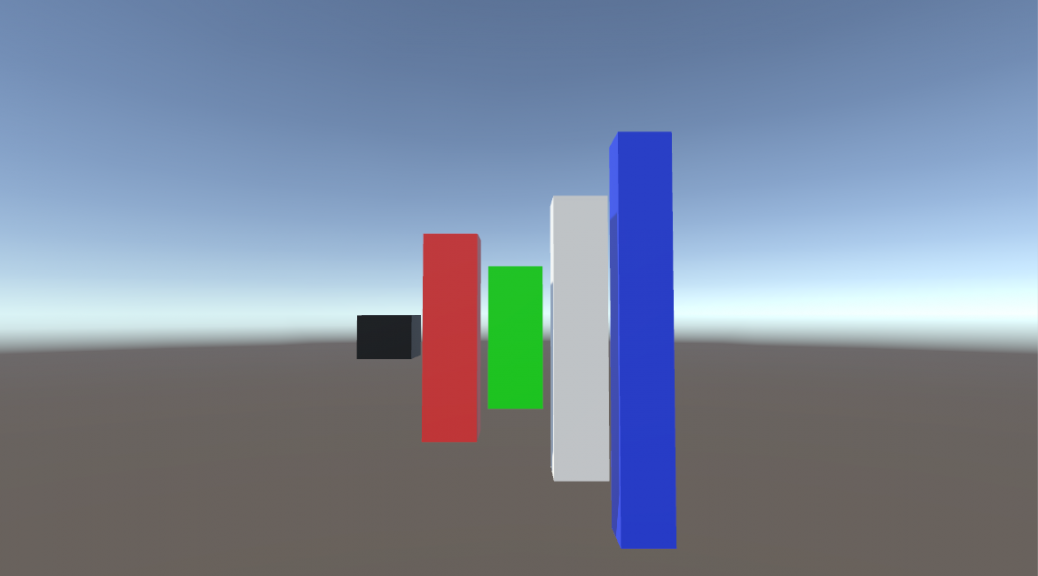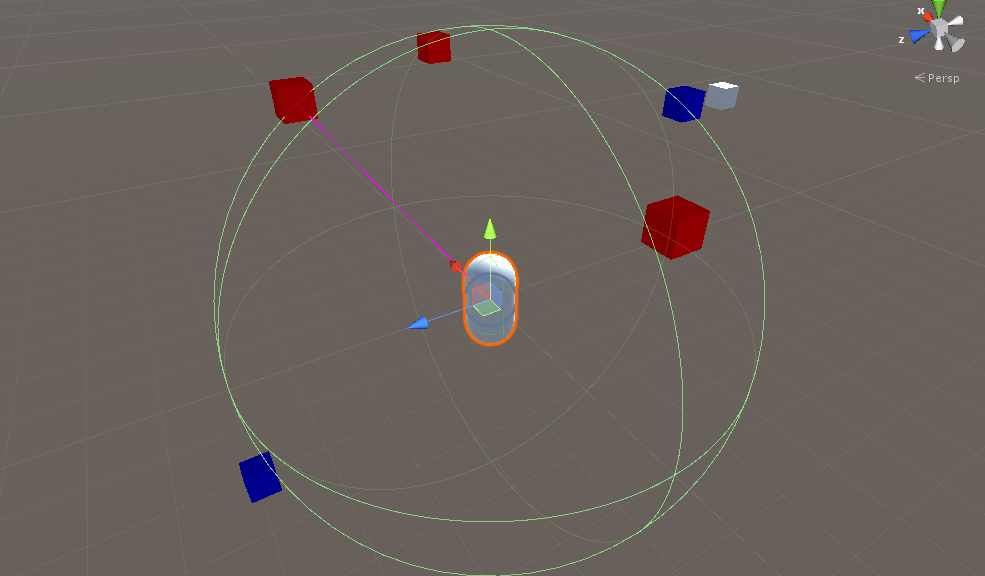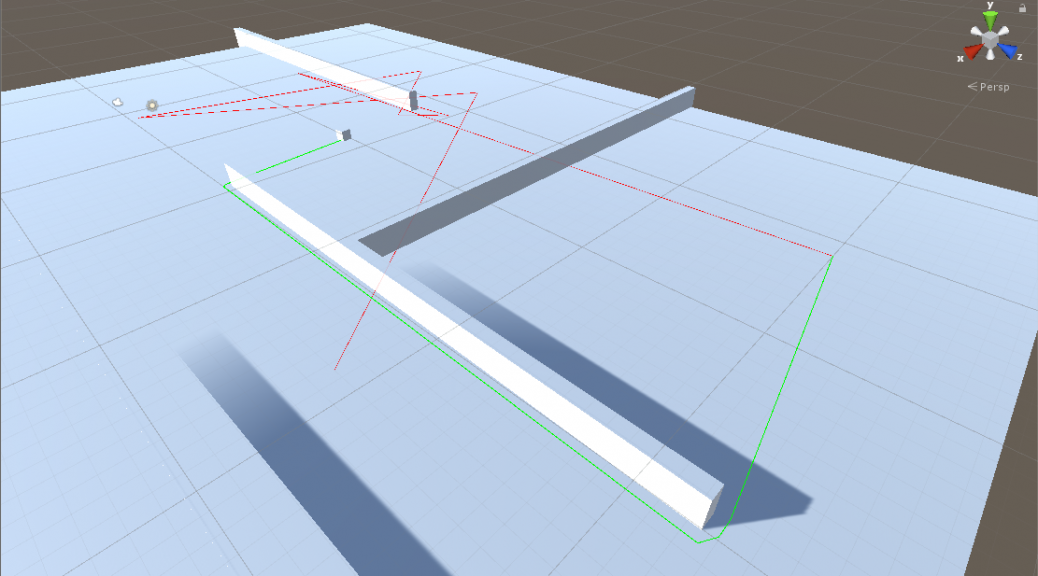Weight-based randomization
What do games using loot drops and games using AI driven by behavioural parameters such as sleep, hunger and happiness have in common? At first glance, not much. But it is very likely that both of them deploy the same algorithm. Let’s start by example: There’s plenty of games using loot drops today. It’s an easy way to implement a form of replayability in a game, where character progression is tied to the gear they are wearing. By not guaranteeing…






